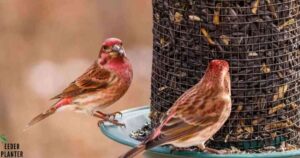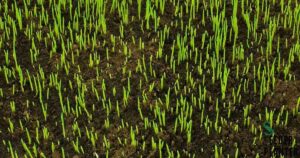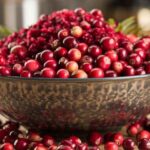Sesame seeds have been cultivated for thousands of years, prized for their oil and nutritional value. Growing your Sesame Seed Plants be rewarding and relatively simple, as this warm-season crop thrives in hot climates. In this guide, you’ll learn everything you need to know about sesame seed cultivation, including plant care, harvesting tips, and how to make the most of your sesame seeds.
A Little Bit About Sesame Seeds
Sesame (Sesamum indicum) is one of the oldest cultivated crops in the world, known for its drought-tolerant nature and ability to thrive in dry, hot conditions. The seeds are rich in nutrients, including healthy fats, protein, fiber, and vitamins and minerals. Sesame oil, extracted from the seeds, is widely used for cooking and in traditional medicines.
Nutritional Value of Sesame Seeds
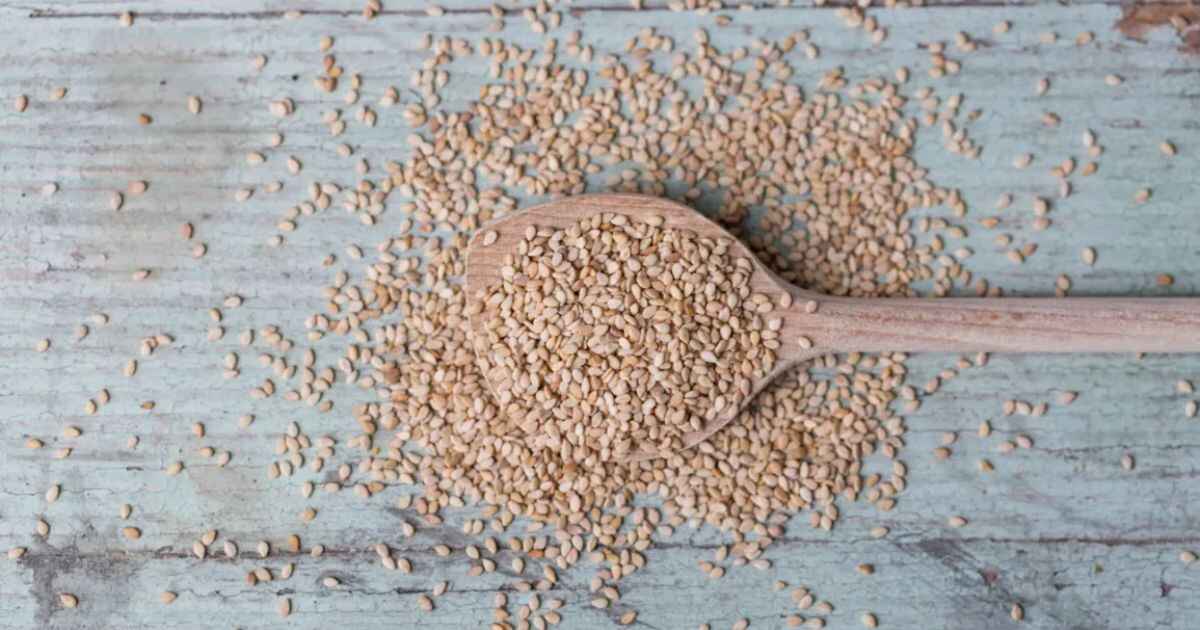
Here’s a quick look at the nutritional benefits of sesame seeds (per 100 grams):
| Nutrient | Amount |
|---|---|
| Calories | 573 |
| Protein | 17.7g |
| Fat | 49.7g |
| Fiber | 11.8g |
| Calcium | 975mg |
| Iron | 14.5mg |
Sesame Planting Information
Growing sesame seeds starts with understanding their ideal conditions. This warm-season crop requires full sun and thrives in hot climates. The following are essential aspects of growing sesame in hot climates:
Planting Season: Sesame is typically planted in late spring, once the soil has warmed up to at least 70°F (21°C).
Germination: Seeds typically germinate within 5-10 days when planted under the right conditions.
Indoor Seed Starting: If you’re starting your plants indoors, use seed trays and keep them in a warm location. Transplant the seedlings when they’re about 2-3 inches tall.
Size and Spacing Details for Sesame Plants
Sesame plants can grow up to 2-5 feet tall. Proper spacing is crucial to ensure each plant has enough room to grow and thrive. Here’s what you need to know:
- Plant spacing: 12-18 inches apart.
- Row spacing: 24-36 inches apart for optimal air circulation.
- Sesame plants thrive in containers as well, making container gardening a viable option if space is limited.
Planting Garlic Seeds: A Comprehensive Guide to Growing Your Own Garlic
Sesame Seed Growing Tips
Successful cultivation of sesame requires proper care. Below are essential tips to keep your sesame plants healthy:
Light: Sesame needs full sun—at least 6-8 hours of sunlight daily.
Soil: Well-drained, sandy loam is ideal. Ensure the soil pH is between 5.5 and 8.0.
Water: Although sesame is a drought-tolerant crop, it’s important to water young plants regularly. Once established, they can survive on less frequent watering.
Temperature and Humidity: Sesame thrives in temperatures between 77-86°F (25-30°C). High humidity may cause fungal issues, so ensure good air circulation around the plants.
Fertilizer: Light fertilization is necessary, especially during the growing phase. A balanced N-P-K fertilizer (10-10-10) works well.
Pruning: Pinching back sesame plants early in their growth will encourage bushier growth and potentially higher seed yield.
Sesame Seed Harvesting Tips
Harvesting sesame is an exciting part of the growing process. The following are key steps to ensure a successful harvest:
- Harvest time: Sesame plants are typically ready for harvest 90-150 days after planting.
- Signs of ripening: The seed pods will begin to dry and turn brown, indicating it’s time to harvest. Don’t wait too long, as overripe pods may shatter and scatter seeds.
- Technique: Cut the plants at the base and hang them upside down to allow the pods to fully dry. Once dried, gently shake the pods to release the seeds.
Fun Fact About Sesame
Did you know that sesame seeds were once referred to as “the seed of immortality” in ancient civilizations due to their nutritional properties?
How to Store and Use Sesame Seeds
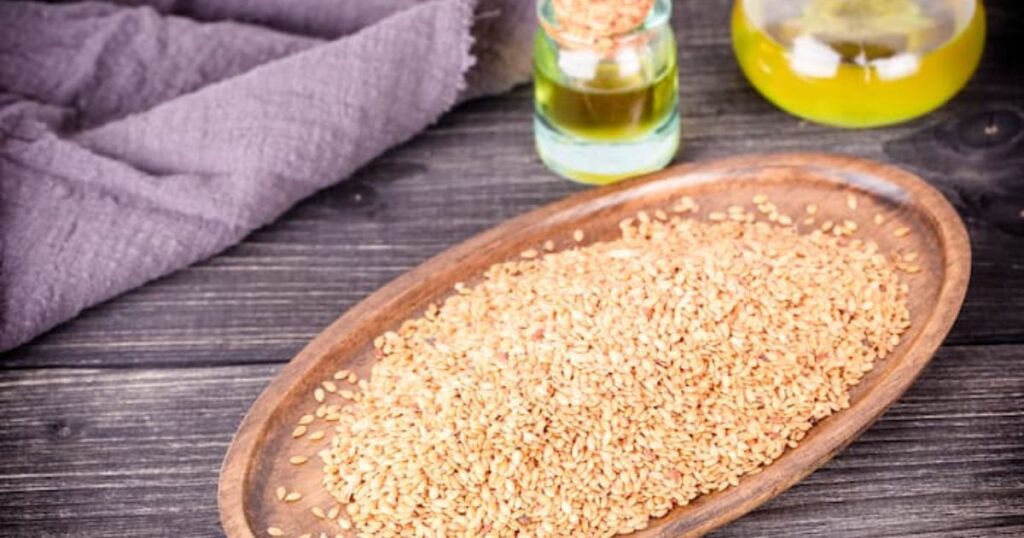
After harvesting, it’s important to properly store your sesame seeds to maintain their freshness:
- Storage: Store the seeds in an airtight container in a cool, dark place. Properly stored sesame seeds can last up to one year.
- Traditional Uses: Sesame seeds are widely used in cooking, both as a topping and as a base for sesame oil production.
Sesame Plant Care
Caring for sesame plants involves meeting their basic needs to ensure optimal growth and seed production.
Light
Sesame thrives in full sun. Ensure the plants receive at least 6-8 hours of sunlight each day for optimal growth.
Soil
Sesame requires well-draining soil with a sandy-loam texture. The soil should be slightly acidic to neutral, with a pH between 5.5 and 8.0.
Water
Once established, sesame plants are relatively drought-tolerant, but regular watering during the initial growing stage is essential.
Temperature and Humidity
Sesame is a warm-weather crop that thrives in temperatures between 77-86°F (25-30°C). High humidity can cause fungal issues, so ensure good air circulation.
Fertilizer Sesame Seed Plants
Use a balanced 10-10-10 fertilizer to boost plant health during its growing phase.
Pruning
Pruning sesame plants by pinching back the tips encourages bushier growth and helps improve seed yield.
How to Grow Sesame Plants From Seed
Here are some steps to grow sesame plants from seeds:
- Indoor Seed Starting: Start seeds indoors in seed trays and transplant the seedlings when they are 2-3 inches tall.
- Direct Sowing: You can also sow seeds directly into the garden once the soil reaches 70°F (21°C).
- Spacing: Place seeds about 12 inches apart with 24 inches between rows.
Fun Fact
Sesame is one of the few crops that can thrive in semi-arid conditions, making it a sustainable crop for dry climates.
Harvesting Seeds Sesame Seed Plants
Sesame seeds are harvested when the pods turn brown and begin to dry out. Be cautious not to let them over-ripen, as the pods may burst open, causing you to lose seeds. After drying, gently thresh the pods to release the seeds.
Storing Harvested Seeds
After harvesting, store the seeds in a cool, dry place to prevent spoilage.
Potting and Repotting Sesame Plants
Sesame plants can be grown in containers if garden space is limited. Choose a deep pot with good drainage and use well-drained sandy-loam soil. Ensure the container is placed in an area that receives plenty of sunlight.
Common Pests & Plant Diseases
While sesame is relatively resistant to pests, here are a few common issues to watch for:
- Aphids: These small pests can damage young plants. Use neem oil to control them.
- Root rot: Overwatering can lead to root rot. Make sure the soil drains well.
How to Get Sesame Plants to Bloom
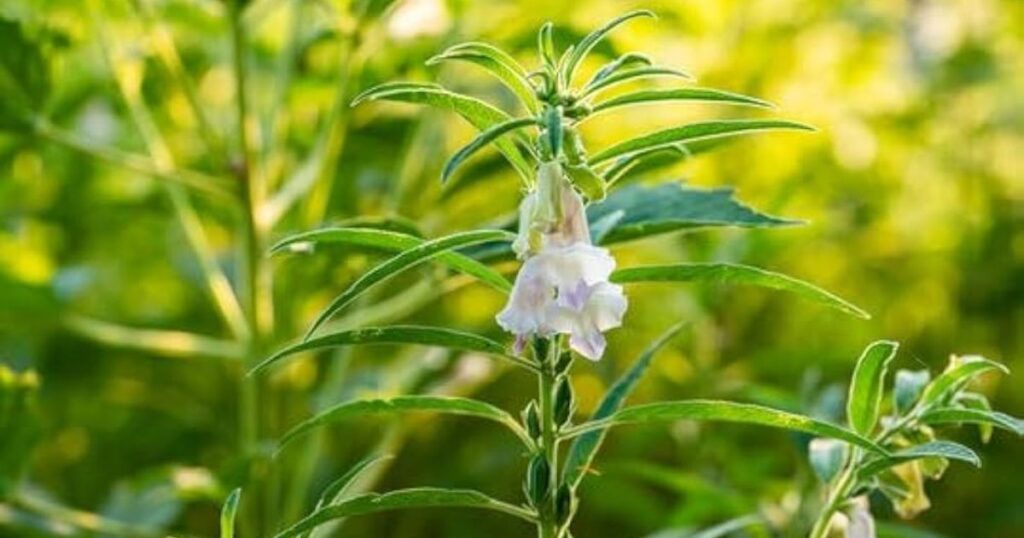
Sesame plants typically bloom in mid-summer, producing tubular white or pink flowers. To encourage more blooms, ensure the plant receives plenty of sunlight and avoid over-fertilizing with nitrogen.
Bloom Months
Sesame plants usually bloom from July to September, depending on the planting season.
How Long Does Sesame Plant Bloom?
Each bloom lasts around 1-2 weeks before developing into seed pods.
What Do Sesame Plant’s Flowers Look and Smell Like?
The flowers are small and trumpet-shaped, often white or pink, with a faint, sweet fragrance.
How to Encourage More Blooms
To encourage continuous blooming, ensure consistent sunlight, avoid overwatering, and prune early growth to promote branching.
Caring for Sesame Plant After it Blooms
After the blooming period, focus on supporting sesame plants as they prepare for seed development. Continue watering regularly and ensure they remain in full sun.
Deadheading Sesame Plant Flowers
Remove dead flowers to direct the plant’s energy toward seed production.
Common Problems with Sesame Plants
- Overwatering: Sesame is drought-tolerant, so avoid overwatering, which can lead to root rot.
- Pests: Use neem oil to protect plants from pests like aphids and whiteflies.
If this post about how to grow sesame seeds was helpful, please share it with other gardening enthusiasts!
FAQs
How long does it take for sesame plants to grow?
Sesame plants typically take 90-150 days to mature, depending on the climate and growing conditions.
Can sesame be grown in containers?
Yes, sesame can thrive in containers as long as they have well-draining soil and receive full sunlight.
What type of soil is best for growing sesame?
Sandy loam soil with good drainage is ideal for sesame. It should have a pH between 5.5 and 8.0.
When should I harvest sesame seeds?
Harvest sesame seeds when the pods turn brown and dry out, typically 90-150 days after planting.
How do I store harvested sesame seeds?
Store sesame seeds in an airtight container in a cool, dry place to preserve freshness for up to one year.
Conclusion
Growing your own sesame seed plant is a rewarding experience, especially for those in warm climates. This drought-tolerant crop requires minimal care but provides maximum yield in the form of nutrient-rich seeds. From planting to harvesting and storing, following the tips outlined here will help you successfully cultivate sesame, whether in the garden or in containers. With proper care, your sesame plants will thrive, offering a bountiful harvest of seeds for culinary and traditional uses.

I am Alexander James, a seasoned professional with 4 years of expertise, brings passion and skill to every project. Elevate your experience with my knowledge and creativity.
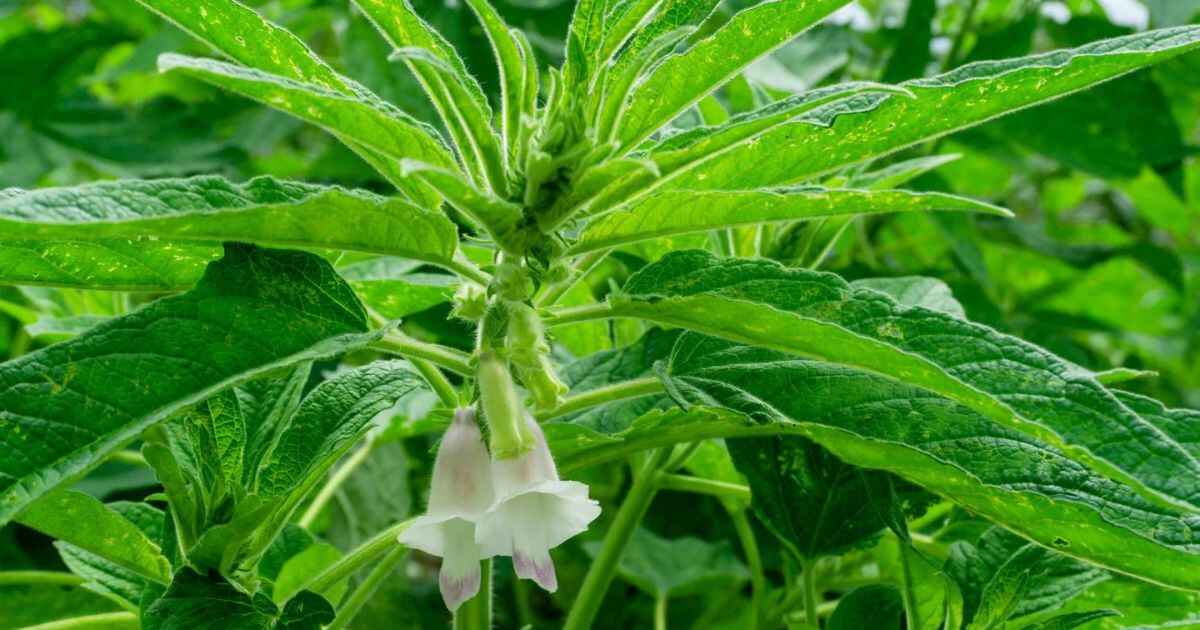

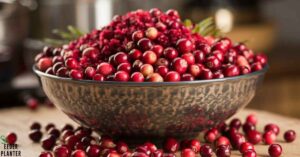
![Hollyhock Seeds: The Complete Guide to Success [2024]](https://seederabout.com/wp-content/uploads/2024/10/Hollyhock-Seeds-The-Complete-Guide-to-Success-2024-300x157.jpg)

